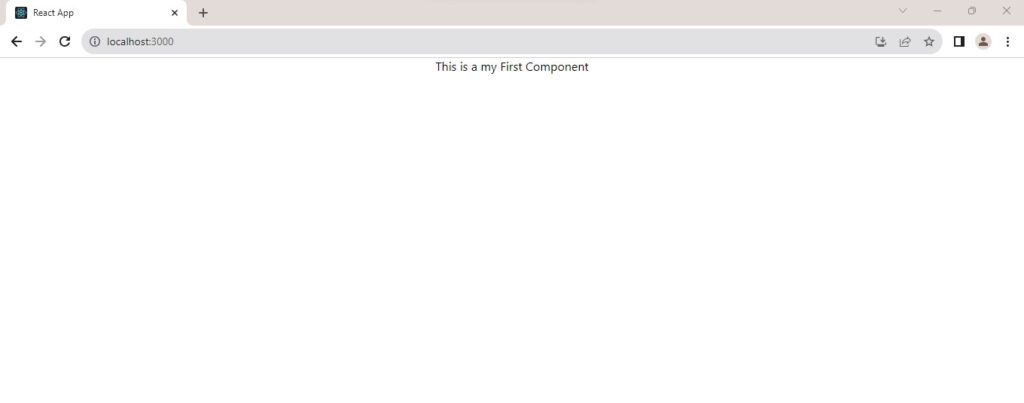React has become a dominant force in the ever-evolving field of web development, completely changing the way developers create user interfaces. Components are the core idea at the center of React. We will go step-by-step through the definition of React components and how to make your first one in this blog.
What is a React Component?
In React, a component is a reusable, self-contained module that represents a part of the user interface. Think of components as building blocks that you can assemble to create a complete application. Components can be simple, like a button, or complex, like an entire form or a page. A React component can be created in two primary ways: as a function or as a class.
Functional Components
Functional components are the simplest form of a React component. They are essentially JavaScript functions that take in props (short for properties) and return React elements.
Functional components syntax
import React from 'react';
const ComponentName = (props) => {
return <div>Hello, {props.name}!</div>;
};
Class Components
Class components are more feature-rich and can hold and manage local states. They are defined using ES6 classes and extend the `React Component class.
Class components syntax
import React, { Component } from 'react';
class MyComponent extends Component {
render() {
return <div>Hello, {this.props.name}!</div>;
}
}
Creating Your First React Component
Let’s dive into creating a simple functional component, step by step.
- Setup Your React Environment: Before creating a component, make sure you have a React development environment set up. You can use tools like Create React App or set up a custom environment.
- Create a New Component File: Create a new file for your component, let’s call it `MyFirstComponent.js`.
- Write Your Component: Open `MyFirstComponent.js` and write your functional component.
// MyFirstComponent.js
import React from 'react'
function MyFirstComponent() {
return (
<div>
This is a my First Component
</div>
)
}
export default MyFirstComponent
Use Your Component:
Now, you can use your component in the App.js file or component.
// App.js
import './App.css';
import MyFirstComponent from './componnet/MyFirstComponent';
function App() {
return (
<div className="App">
<MyFirstComponent />
</div>
);
}
export default App;
4. Run Your React App: Save your files and run your React app to see your component in action.
npm startVisit `http://localhost:3000` in your browser to view your React app with the newly created component.
Output

Conclusion
Best wishes! It seems like you just made your first React component. Gaining an understanding of the fundamentals of React components is an essential first step toward becoming a skilled React developer. You’ll learn how powerful components are for creating modular, reusable, and scalable user interfaces as you continue to investigate. Salutations from the realm of React, and keep up your curiosity and coding!
